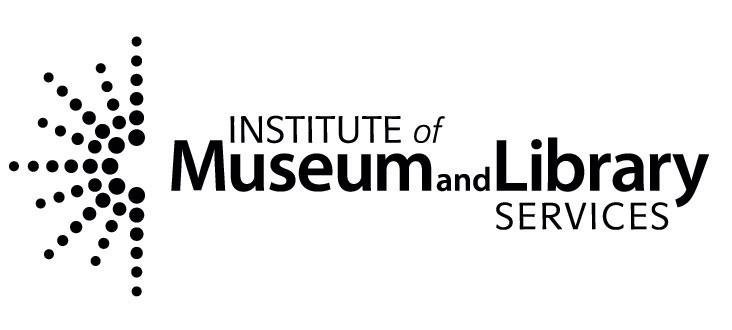Shortly after the COVID-19 pandemic reached the United States in early 2020, libraries began to close as a precaution for their communities and staff. The federal government rushed into action to aid industries affected by the virus and subsequent closures. On March 27, 2020, President Trump signed the CARES Act, which designated $50,000,000 for libraries and museums through the federal Institute of Museum and Library Services.
IMLS distributed these CARES Act funds to state libraries based on the population served and to other library and museum grant applicants based on need. In Indiana, a portion of the funds received were used at the State Library to ensure book delivery and other statewide services could continue. However, a majority of the funds were made available as grants to public and academic libraries to reimburse COVID-related expenses.
Allowable reimbursements through Indiana’s CARES Act grants for libraries included:
Personal protective equipment and facilities supplies and services, including:
- Masks, facial shields, gloves, sanitizer and wipes.
- Plexiglass shields.
- Washable keyboards and mice.
- Webcams.
- Curbside service stanchions and signage.
- And all other items related to preventing and protecting staff and patrons against COVID-19.
Hotspots and digital inclusion supplies and services, including:
- Mobile devices.
- Signal boosters and antennae.
- Wireless routers and corresponding subscriptions for the duration of the grant.
- Remote learning and videoconferencing platforms for the duration of the grant.
E-content, including:
- E-books, digital movies and music.
- Databases.
 There was a great demand for these grants and to date the Indiana State Library has awarded two rounds of 336 CARES Act grants to Indiana libraries. Over $200,000 has already been reimbursed to Indiana communities through the program.
There was a great demand for these grants and to date the Indiana State Library has awarded two rounds of 336 CARES Act grants to Indiana libraries. Over $200,000 has already been reimbursed to Indiana communities through the program.
These grants will help libraries recover from the unexpected costs of new hygiene and distancing needs, while enabling library staff to try new service models including curbside pickup, delivery and virtual programming. Additionally, libraries were able to expand their e-book offerings to better serve patrons enjoying library services from home.
Many libraries have since reopened their doors to the public and will continue to reintroduce in-person services as the virus wanes. However, many of the items purchased through these grants will continue to benefit libraries by helping them to operate safely and expand their new virtual and curbside services.
Questions about CARES Act grants for Indiana Libraries may be directed to LSTA grant consultant Angela Fox.
This blog post was written by Jen Clifton, Library Development Office.



